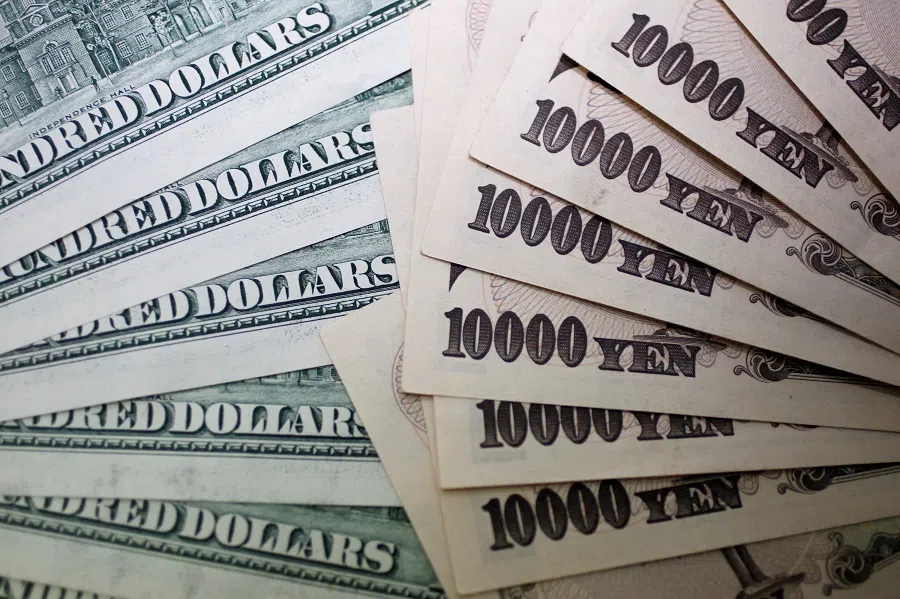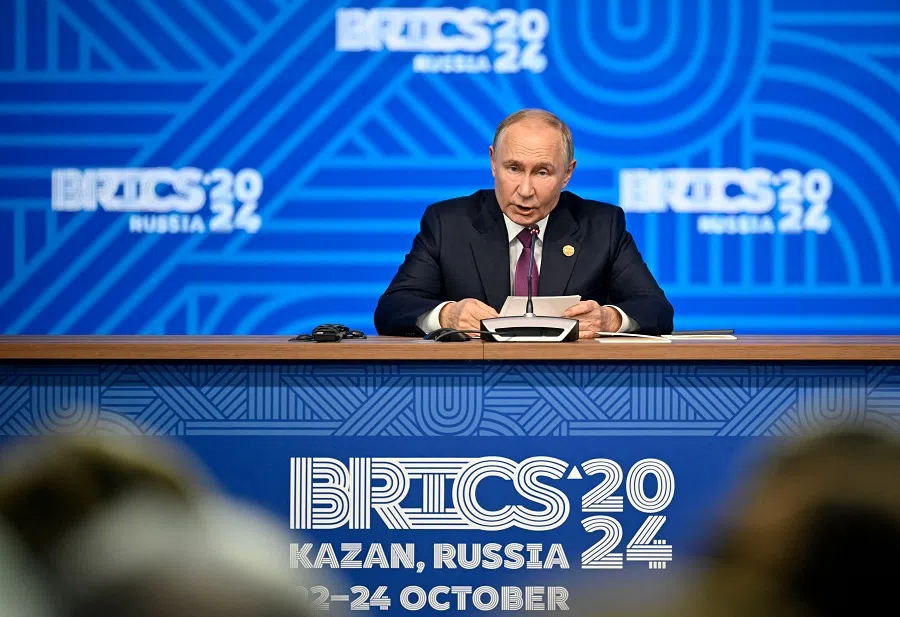Should the US fear a BRICS currency?
Much has been said about the possibility of BRICS creating a new currency or promoting the RMB to rival the US dollar. But is this feasible? According to economist Min-Hua Chiang, it is unlikely that BRICS will successfully threaten US dollar dominance. Nevertheless, this does not mean that the US should be complacent, she says.

US President-elect Donald J. Trump has recently threatened to impose higher tariffs on BRICS countries — including Brazil, Russia, India, China, South Africa, Egypt, Ethiopia, Iran, and the United Arab Emirates — if they succeed in creating an alternative currency to replace the US dollar in their business transactions. Will Trump’s threats work or is de-dollarisation an unavoidable future?
The US dollar’s international status can be traced back to the end of WWII. The Bretton Woods System in 1944 settled the exchange rates by allowing countries to peg their currencies to the dollar at $35 for one ounce of gold. Since the 1970s, using the dollar to purchase oil from the Organisation of Petroleum Exporting Countries (OPEC) further widened its circulation in the global economy.
In addition, most US allies are trade-dependent countries. The dollar has been the main payment method in their commercial exchanges. Excess US dollars, accumulated from the trade surplus, are largely spent on purchasing US treasury bonds, a key source of financing for the US fiscal deficit.
...the mutual dependence between the US and its allies does not guarantee the US dollar’s supremacy forever.
The consolidation of the US dollar as the global currency has been supported by the American military and economic incentives to its allies. America has acquired strategic partners that are willing to endorse the dollar by offering ally countries military protection and economic growth in exchange for them exporting goods to the US.
The US dollar continues to reign supreme
However, the mutual dependence between the US and its allies does not guarantee the US dollar’s supremacy forever. The euro and the Japanese yen have emerged as potential competitors in the global monetary system in tandem with their growing economic strength. However, none of them have been able to replace the US dollar’s dominance in the global economy.

Although shares of the dollar in international payment and foreign exchange reserves have been declining over the past few decades, the US dollar is still the most used currency in the world.
According to the Society of Worldwide Interbank Financial Telecommunication (SWIFT), the USD’s share as a global payment currency was 47% in October 2024, followed by the Euro’s 23%, the British pound’s 7%, and the Japanese yen’s 4%. The International Monetary Fund reckons that the US dollar accounted for 54% of global official exchange reserves in the second quarter of 2024, followed by the Euro’s 18%, the Japanese yen, and the British pound’s 5% respectively.
The greater weight of other currencies in the configuration of global payment and official exchange reserves shows that US allies — such as Japan, the UK, and the European Union — are sharing the financial risks of over-reliance on the dollar alone.
Why an alternative currency?
Unlike the rising importance of the Euro and the Japanese yen, the reason for BRICS to look for an alternative currency is to ease the impact or the potential impact of the US economic sanctions. In particular, Russia has been under tremendous financial distress due to economic sanctions imposed by Western countries after it invaded Ukraine in 2022.
If successful, the alternative currency that BRICS countries are considering could split the world economy into two parts, including one led by the US and another one led by China and Russia.

The Chinese government has been always concerned that the fluctuation in exchange rate vis-à-vis the US dollar would affect China’s export-led economic growth, purchasing power, and attractiveness for foreign investors. Tense relations with America in recent years further justifies the need to “de-couple” with the dollar. The Chinese government is concerned that similar financial sanctions on Russia could be imposed on China, especially after the Russia-Ukraine war.
The alternative currency could be attractive to countries such as Iran and North Korea, which have suffered from Western countries’ sanctions over the past few decades. If successful, the alternative currency that BRICS countries are considering could split the world economy into two parts, including one led by the US and another one led by China and Russia.
The use of an alternative currency might avoid the impact of economic sanctions, but may also lead the BRICS countries’ economy into recession, due to their reliance on trade with developed countries.
Trade exchanges between BRICS members only account for a small fraction of each country’s total trade, except trading with China. However, most of China’s exports to other BRICS countries are industrial goods in exchange for raw materials. The destination market for the final consumption goods is the US and Europe. The end customers in Western countries will still pay in dollars for goods produced and assembled in developing countries.
The alternative currency cannot be a potential foreign exchange reserve, due to the lack of confidence in BRICS countries’ overall economic conditions and insufficient capability in financial management.

The alternative currency cannot be a potential foreign exchange reserve, due to the lack of confidence in BRICS countries’ overall economic conditions and insufficient capability in financial management.
RMB not a feasible option
BRICS countries may also have an interest in using the RMB to trade with each other. However, the RMB is unlikely to replace the dollar either. Compared to the US dollar and Euro, the RMB still accounts for a tiny share of global cross-border payments and foreign exchange reserves. In the short term, China’s limited liberalisation of its capital account, restricted openness of the financial market, and strict control of capital flow will curtail the Chinese currency’s further internationalisation.
Indeed, given China’s immature financial market and less developed financial regulations, the wider use of the RMB might pose a threat to the stability of the global financial market. The US should be aware of the potential challenges that a greater usage of the Chinese currency might bring about, such as potential volatility or crisis in the world economy.
In sum, even without imposing import duties, BRICS are not likely to create a new currency or use the Chinese currency to replace the dollar to benefit their economies.
Over the past few decades, the US dollar’s strength in the global economy has been supported by its strong economic and political footing, including a vibrant economy, highly liquid financial market, transparent legal system, and global economic and military leadership. Although there is no better alternative to replace the dollar, there is still room for improvement. Consolidating the US dollar’s hegemonic role to enhance global economic stability will require both economic and political efforts to make the US a reliable and trustworthy partner for all the countries in the world.




![[Big read] China’s 10 trillion RMB debt clean-up falls short](https://cassette.sphdigital.com.sg/image/thinkchina/d08cfc72b13782693c25f2fcbf886fa7673723efca260881e7086211b082e66c)
![[Big read] Love is hard to find for millions of rural Chinese men](https://cassette.sphdigital.com.sg/image/thinkchina/16fb62fbcf055b710e38d7679f82264ad682ce8b45542008afeb14d369a94399)